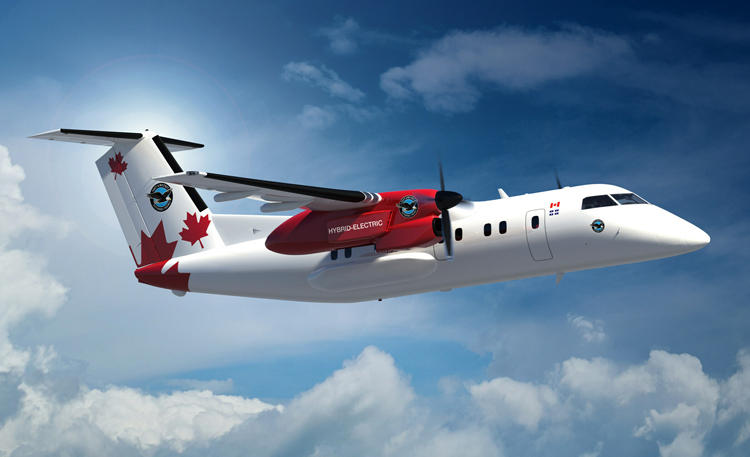INDIAN ARMED FORCES CHIEFS ON OUR RELENTLESS AND FOCUSED PUBLISHING EFFORTS

The insightful articles, inspiring narrations and analytical perspectives presented by the Editorial Team, establish an alluring connect with the reader. My compliments and best wishes to SP Guide Publications.

"Over the past 60 years, the growth of SP Guide Publications has mirrored the rising stature of Indian Navy. Its well-researched and informative magazines on Defence and Aerospace sector have served to shape an educated opinion of our military personnel, policy makers and the public alike. I wish SP's Publication team continued success, fair winds and following seas in all future endeavour!"

Since, its inception in 1964, SP Guide Publications has consistently demonstrated commitment to high-quality journalism in the aerospace and defence sectors, earning a well-deserved reputation as Asia's largest media house in this domain. I wish SP Guide Publications continued success in its pursuit of excellence.
- Indian Air Force Aims for Full Indigenous Inventory by 2047 — Air Chief Marshal A.P. Singh
- Rajnath Singh assumes charge as Defence Minister for the second consecutive term
- Interim Defence Budget 2024-25 — An Analysis
- Union Defence budget 2024
- Prime Minister Modi Flies in the LCA Tejas
- New Chapter in India-Italy Defence Ties
- Airpower beyond Boundaries
RTX's Pratt & Whitney Canada unveils high voltage bidirectional mobile charging unit for hybrid-electric flight demonstrator
Charger sets a new standard for supporting high voltage systems

Pratt & Whitney Canada announced the development of an advanced mobile charging unit (MCU) capable of charging high-power batteries at up to 1500 volts, making it compatible with Megawatt Charging System standards the industry is advancing for high voltage power applications. Pratt & Whitney is an RTX business.
The MCU was developed in collaboration with the National Research Council of Canada (NRC) and the Innovative Vehicle Institute (IVI) as part of the RTX hybrid-electric flight demonstrator project.
"This is the latest example of our hybrid-electric flight demonstrator project, driving collaboration and innovation within Canada's aerospace ecosystem to enable a more sustainable future for aviation," said Alexandre Gagnon, vice president of corporate affairs, Pratt & Whitney Canada. "High voltage, bidirectional charging systems will be critical for a growing number of electric and hybrid-electric systems including aircraft, as well as other transport applications."
The MCU is assembled from commercially available components and can deliver up to 280 kW and 1500 volts. In collaboration with IVI, Pratt & Whitney Canada developed a distributed control and protection strategy. The NRC focused on the hardware design, assembly, testing and delivery of two charger units, which will be used on the hybrid-electric flight demonstrator project. The charger's bidirectional capability enables it to both charge and discharge batteries, which creates opportunities to recycle unused energy back into the electrical grid.
Pratt & Whitney Canada continues to progress in testing the propulsion system for the RTX hybrid-electric demonstrator, which targets a 30% improvement in fuel efficiency and reduced CO2 emissions compared to today's most advanced regional turboprops. In 2024, the propulsion system will be linked to batteries developed by H55 S.A., which will be charged using the new charger.
Hybrid-electric propulsion is a critical component of RTX's strategy for enabling more sustainable aviation and supporting the industry's goal of reaching net-zero CO2 emissions by 2050.





